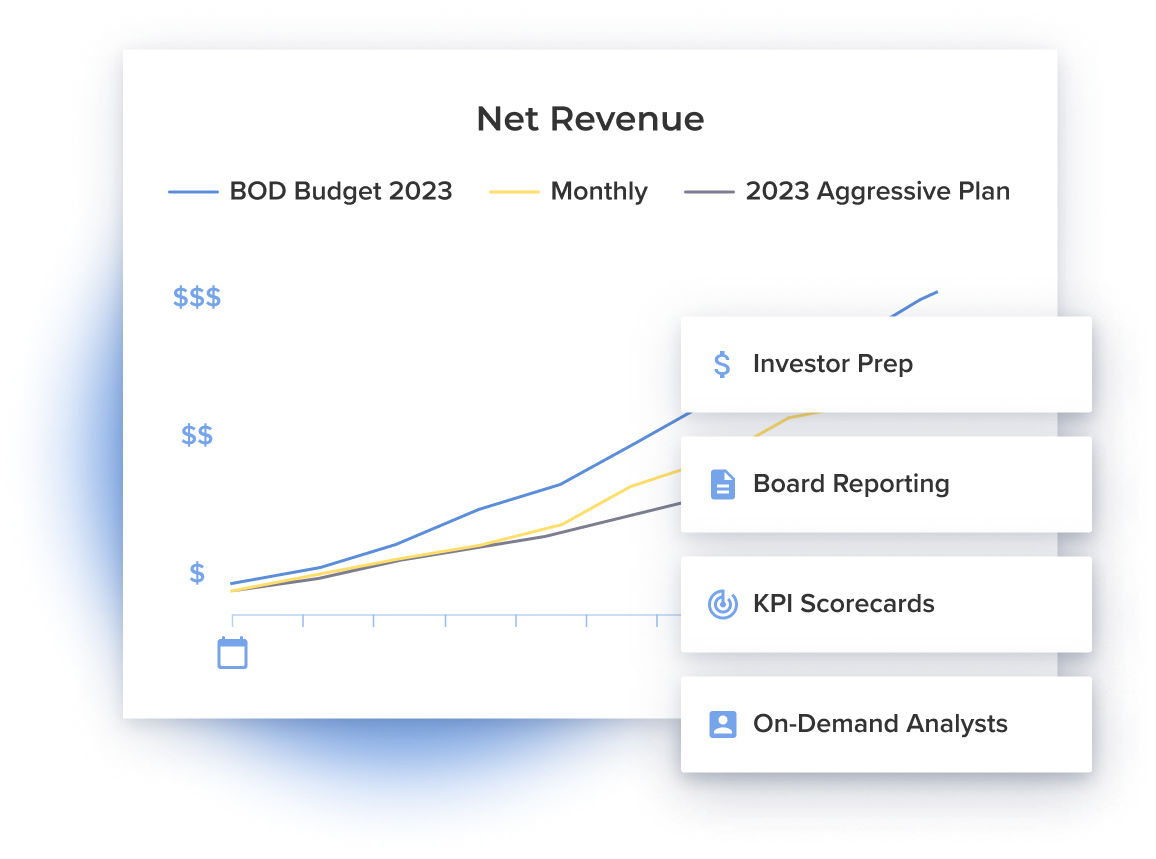Understanding Margins and Revenue in DTC eCommerce

Everyone talks about the importance of margins. It’s a well-known and fundamental term for businesses of all types. However, margins can actually mean many different things. There are product margins that calculate revenue based on the cost it takes to produce an item, contribution margins which look at profit after fulfillment costs, gross profit margins, net profit margins, and more.
Because there are so many different ways to evaluate the health of a business using various margin calculations, companies all structure their profit and loss (P&L) statements differently. Variation isn’t necessarily a bad thing, but in the world of DTC eCommerce, some of these P&L structures are flat-out useless when it comes to helping you understand the health of the business and what to do next.
⚡ At the end of the day, the most important thing for a DTC eCommerce founder to understand is how much money the company is making, and the maximum amount of revenue that can be made. To find that data, we recommend defining your metrics as explained below and building your P&L accordingly.
Key Definitions
The definitions below represent a summary of each concept. This is how we do it at Drivepoint and works best given our experience with customers. There are the occasional exceptions. Many of these terms have additional line items depending on the specific business they are referring to.
- Gross Revenue always refers to a businesses total revenue from sales. This number does not account for any deductions, like returns or discounts. The value of this figure is that it shows your business’s potential ability to sell goods and services. However, it does not evaluate your business’s ability to generate a profit.
- Net Revenue is a measure of your combined gross revenue and shipping revenue (shipping charges billed to a customer), minus discounts and returns.
- COGS (Cost of Goods Sold) represents the cost to produce your product, plus all the costs of getting your product into your warehouse or fulfillment center (anything covered under your third-party logistics or 3PL). These costs may include freight, duties, and taxes.
- Gross Profit (aka Gross Margin and sometimes called Product Margin) is calculated by looking at Net Revenue minus COGS. This number tells you how much is left over after product costs, but still doesn’t represent the full picture because it doesn’t take into account your fulfillment costs, total marketing costs, and operating expenses. Companies with high gross margins get people excited as there is potential and room for error. Companies with lower gross margins require excellence in the rest of the margin structure to do well.
- Fulfillment Costs are all the costs associated with fulfilling an order. This includes, picking, packing, other 3PL charges, packing materials, the cost of shipping to a customer, and merchant fees.
- Contribution Profit (aka Contribution Margin) is calculated by looking at your gross profit minus fulfillment costs. This number brings you closer to your bottom line income, but still doesn’t account for costs incurred for total marketing or operating expenses. But now you know what it costs to sell something and provide it to the customer.
- Total Marketing is the sum of all expenses related to marketing, including the advertising spend, agency costs, and all other marketing costs (for example, advertising design services).
- Operating Expense (aka OpEx) is total marketing plus all of the other expenses that you incur by running a business. This includes people costs (salaries), research and development (R&D), and general and administrative (G&A) expenses.
- Operating Income is contribution profit minus your operating expenses. Of note: This number is the best indication of how much money your business is making at the end of the day.
Structuring Your P&L
All of the metrics above are represented in the P&L below.
What Does This Mean For Your DTC eCommerce Business?
We believe that defining margins and structuring a P&L in this way gives you the best understanding of your business’s current profitability and potential to make money because you will view your business around functions: cost of sales, product margin, cost to get to customer, cost to acquire customers, and cost to keep the lights on. It also allows you to see an itemized list of all expenses incurred, which helps you understand which levers you can pull (increasing or reducing costs) to impact your bottom line. Lastly, it creates a standard by which you and Drivepoint can look at companies so apples to apples comparisons are easier.
For example, in the P&L above, it’s easy to see the difference between fulfillment costs and product costs. We’ve seen many businesses combine those figures into one, making it harder to understand where exactly money is being spent and how an increase or decrease in one area will impact the business.
🤯 When we set up one customer’s P&L like this, their fulfillment costs jumped off the page leading us to dig into an issue which ultimately led to a $400,000 per year cost savings. If your financials aren't structured correctly, you can miss opportunities like this one to drive margin improvements that can compound over time.
We’re curious to hear your thoughts. What do you think of this P&L structure? What has worked well for your business? Let us know.
Want to put this structure into action? Schedule a demo today.
Subscribe to our newsletter

Ready to see what you can do with Drivepoint?
Learn how other consumer and CPG brands are driving margin and cashflow with Drivepoint







